Thank you for being here! I appreciate you reading, and all your comments, notes, words of encouragement, likes and all your support!
Salvador Dalí featured a lot of food in his art — you’ll see a lot of his work with eggs, and bread, and seafood like mussels, lobsters, and sea urchins. Pablo Picasso, not so much. But both used a lot of symbolism, and both achieved greatness by practice, experimentation, and shaking things up.
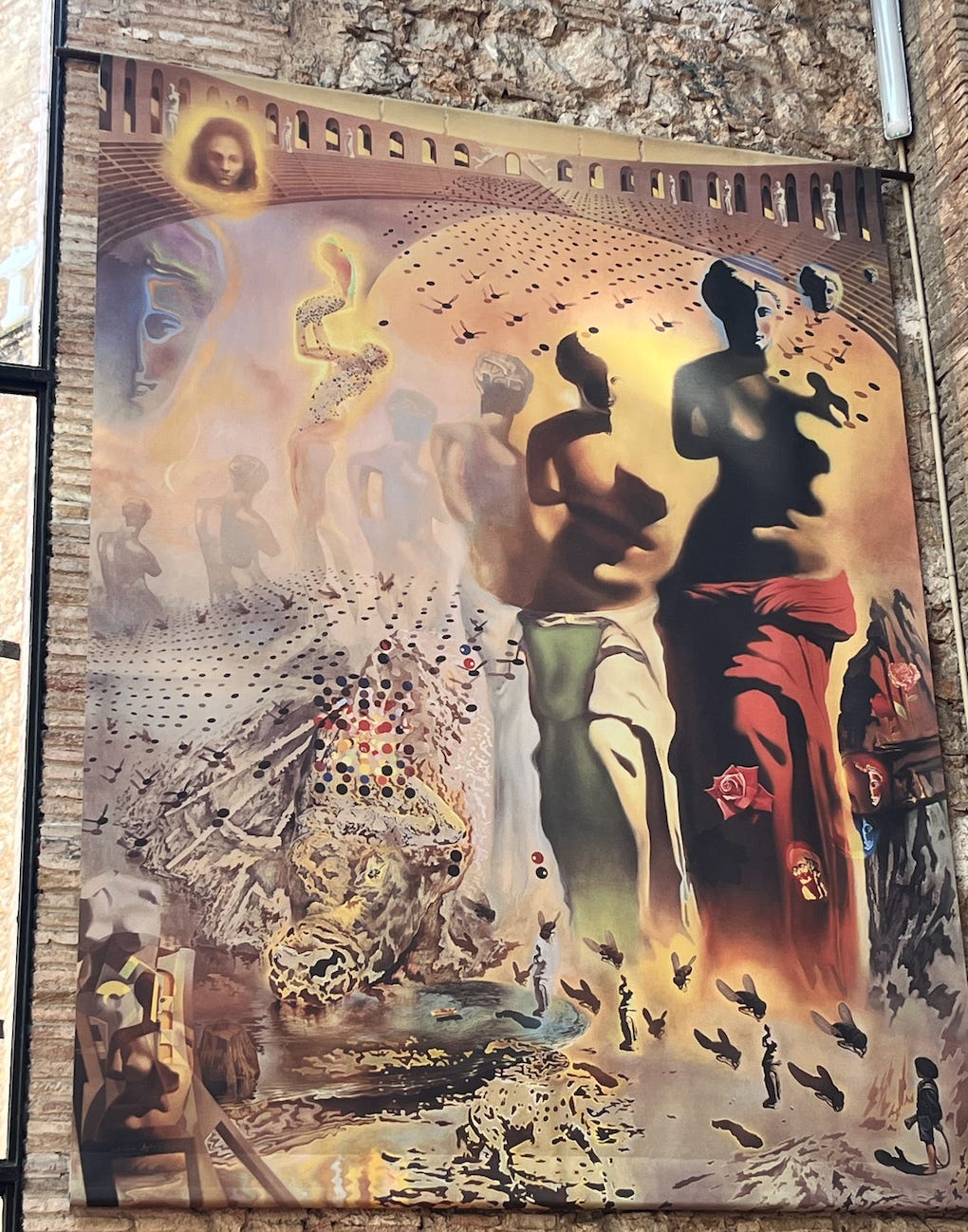
Last week I toured the Picasso Museum in Barcelona, where the artist lived as a young man. A few days before, about 90 minutes north, I visited the Dalí Theater-Museum in Figueres, Spain, his birthplace. Dali actually designed his own museum as he restored the theater that held one of his first public art exhibitions.
This was a lot of surrealism.
(And please excuse me and any errors here, as I am not an art or art history expert — I’m just here for the lessons I can learn.)
Both men could see the world differently than regular people, and translate that into mind-bending art.
Dali, for instance, was so fascinated with actress Mae West he reportedly said, "Your face is a dream that I will transform into a living room." Which he did in his museum, after first transforming it into a painting, Face of Mae West Usable as a Surrealist Apartment.
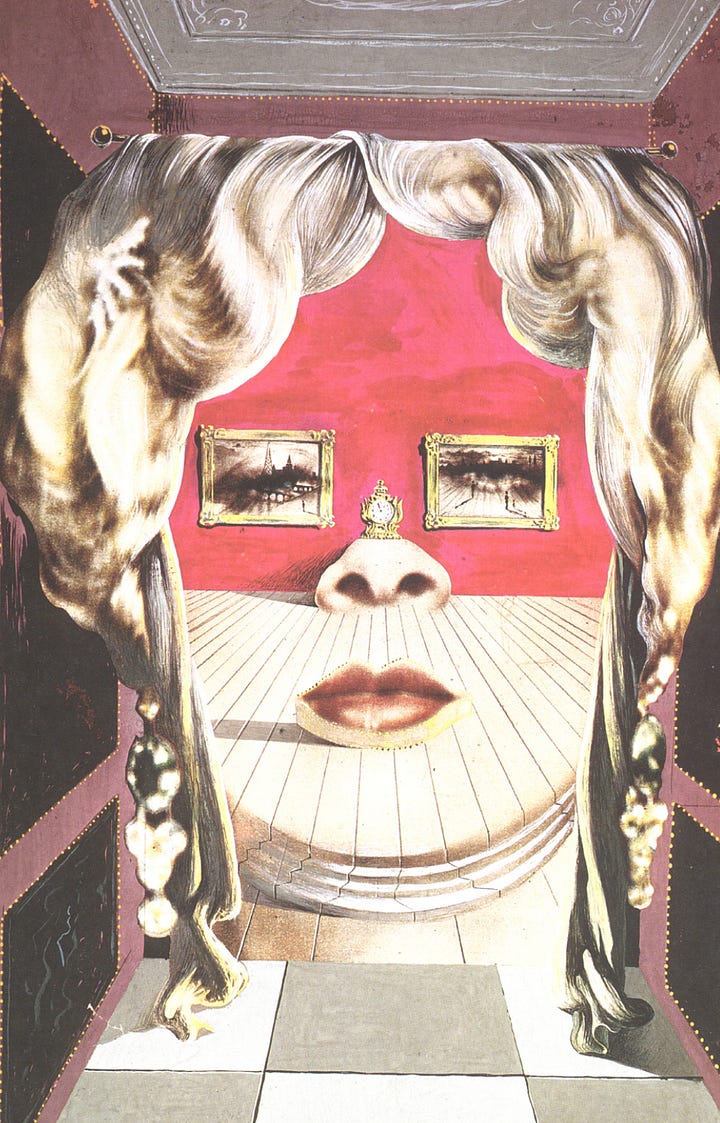
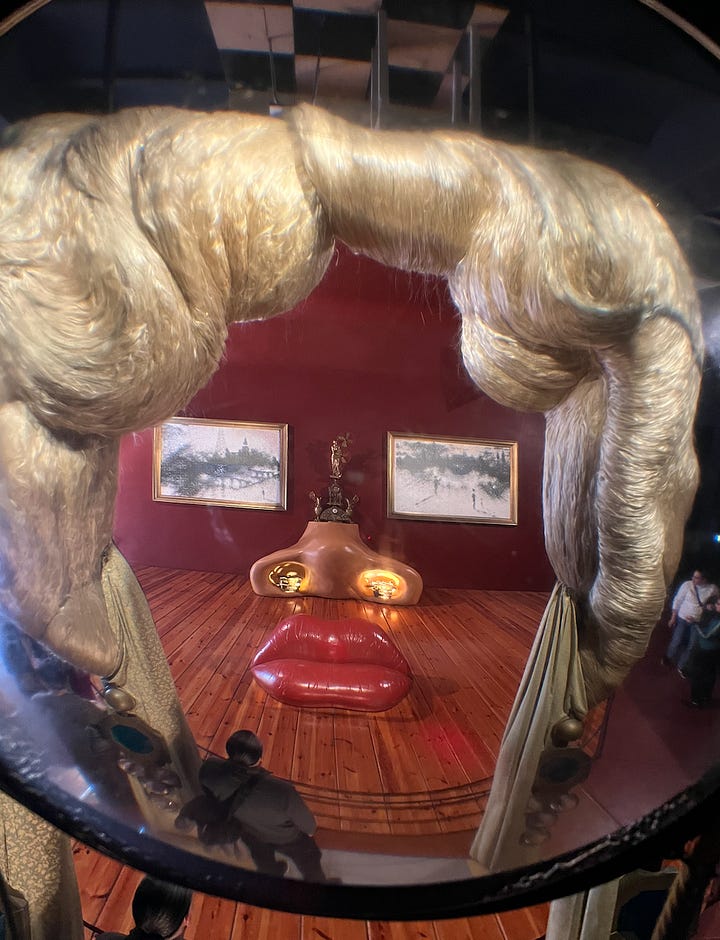
Let me run that by you again. He saw Mae West’s face, created a surrealist painting with her face as an apartment, and then created the actual apartment. I took the photo on the right from the stop of a stair looking at the space through a glass.
Mind-bending, right?
Picasso bent minds with his surrealism as well, switching noses with ears and exaggerating features.
What I found just as fascinating as the artworks, though, was how these two artists lived their lives, and therein lies lessons for us all in how they approached their work, how they changed direction, and how they sometimes simply stepped away from it.
Some are familiar with Picasso’s Blue Period, when he focused on shades of somber blue as he mourned the death of his close friend. But he began his career — at only 15 years of age — with realism, and spent time exploring Impressionism, balanced out the Blue Period with a Rose Period, created works based on African art and synthetic cubism, and even did a lot of work with ceramics.
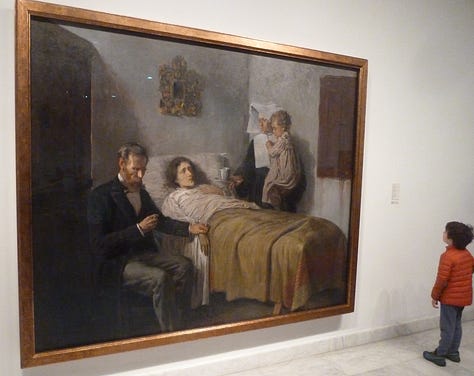
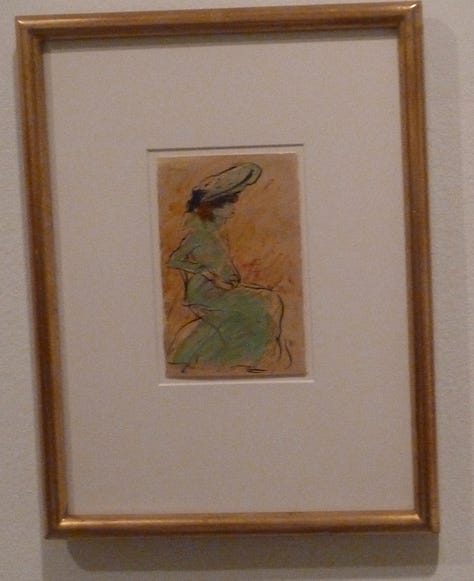
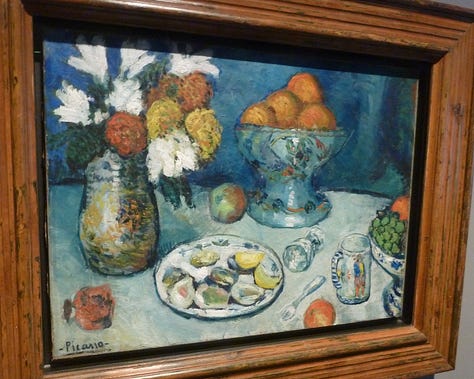
I imagined Picasso first discovering Impressionism, with its colors and brushstrokes and light, and experimenting with it. “Here’s something new and interesting,” he might have thought, “let’s see what I can do with it.” He might have done something similar when he started in ceramics.
Dali, too, looked to other artists for inspiration, as he did with Self-Portrait with Raphaelesque Neck. He studied the Renaissance masters thoroughly, enough to incorporate their style into his own.
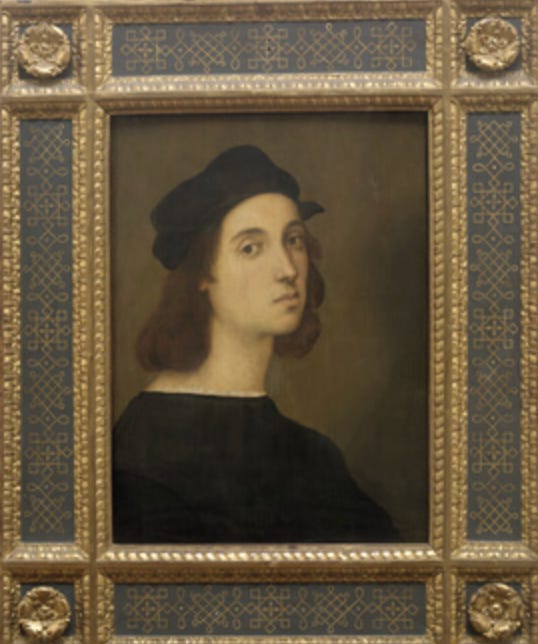
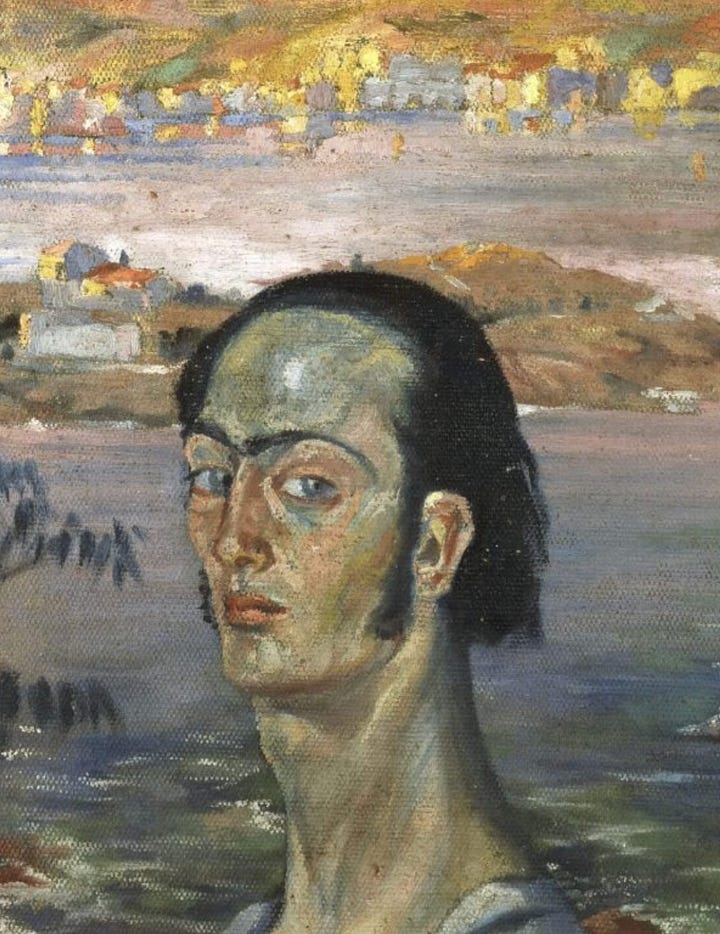
Niether man only painted. Both created many scuptures, and both dabbled in theatre. Dali had some quite famous performance art exhibitions, including one where he served live frogs to Bob Hope for dinner. Picasso’s genius flexed from detailed paintings to the simplest, most elegant drawings.
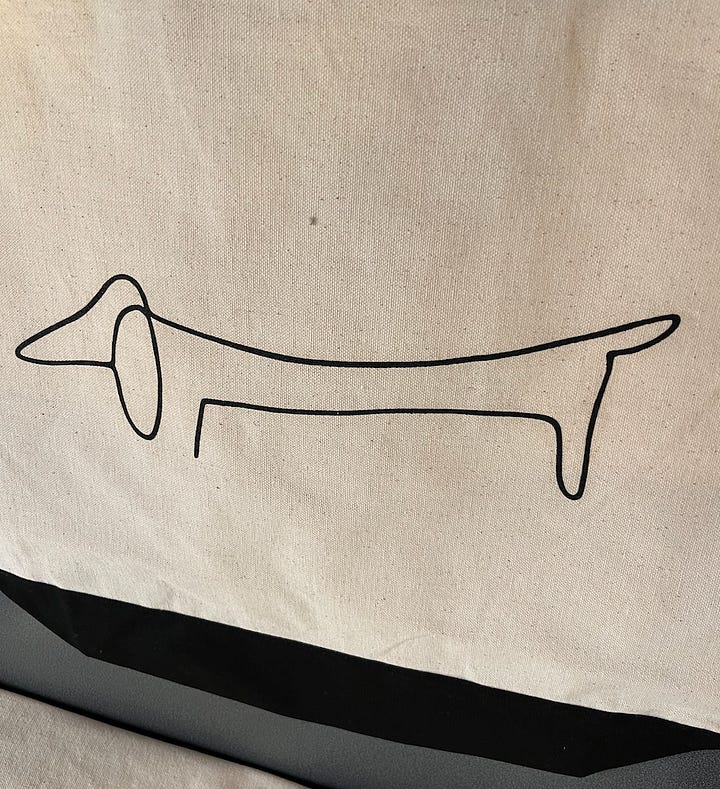
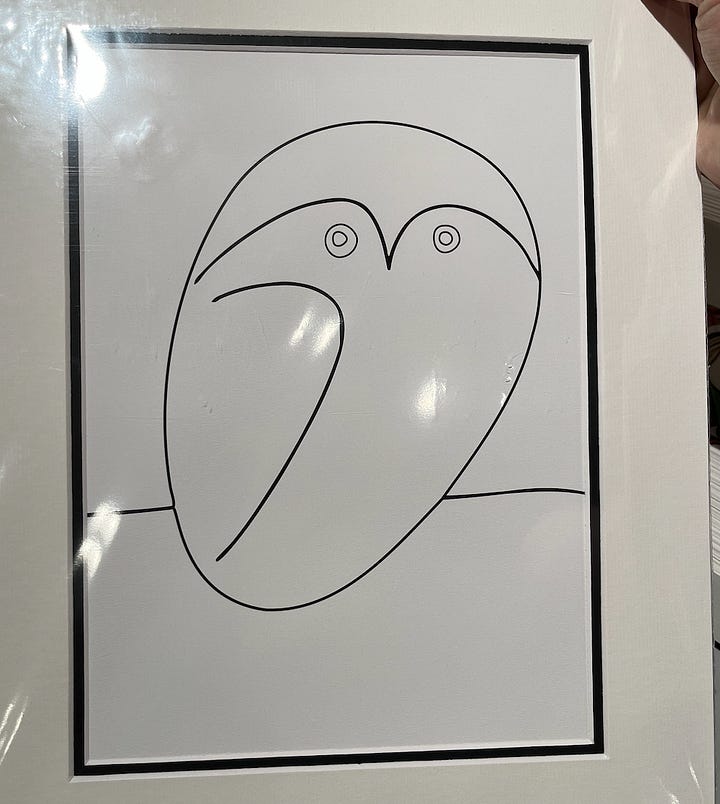
Both men also shook things up in their lives by moving around and enjoying a change of scenery. Young Picasso went to school and attended an apprenticeship, but abandoned both and spent time simply exploring and painting neighborhoods around Madrid. He grew up in Barcelona but also lived in Madrid and Paris. In 1906 he took a sabbatical (I’ll call it that because it’s a timely term) in an isolated town in the Pyrenees that could only be reached on foot.
Dalí was born in Figueres, but lived for a time in New York, California, Madrid, and London, among other places. Aside from Renaissance art, Dalí was also inspired by his Catalan roots, philosophy, science, math, and by other artists, including, quite significantly, Picasso.
We can learn much more from these two than I can explore here, but my big takeaways are all about the importance of shaking things up. The immeasurable talents of these men were fueled in part by how they traveled, experimented, practiced, hid, and renewed their universe.
Sometimes a change of scenery or new direction is exactly what we need.
Just to shake things up.
###





